By Mason B. Webb
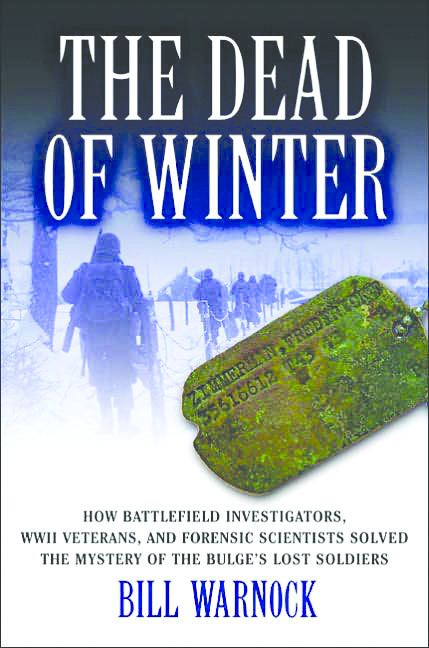 He dug down to a half-rotted overshoe and tugged it free from the black soil at the bottom of the old foxhole. The hair on the back of his neck prickled as he stared at the bottom of the hole. ‘C’est occupé!’ he muttered in amazement. It was a grave. The clearing he had created revealed two human bones, the remains of a lower leg.” So begins The Dead of Winter: How Battlefield Investigators, WWII Veterans, and Forensic Scientists Solved the Mystery of the Bulge’s Lost Soldiers (New York: Chamberlain Brothers/Penguin, 2006, 314 pp., photographs, index, bibliography, $24.95, hardcover.), Bill Warnock’s masterful if sometimes macabre story of amateur battlefield archeologists who, in their spare time and at their own expense, have made it their passion to search for the long lost soldiers of the Battle of the Bulge.
He dug down to a half-rotted overshoe and tugged it free from the black soil at the bottom of the old foxhole. The hair on the back of his neck prickled as he stared at the bottom of the hole. ‘C’est occupé!’ he muttered in amazement. It was a grave. The clearing he had created revealed two human bones, the remains of a lower leg.” So begins The Dead of Winter: How Battlefield Investigators, WWII Veterans, and Forensic Scientists Solved the Mystery of the Bulge’s Lost Soldiers (New York: Chamberlain Brothers/Penguin, 2006, 314 pp., photographs, index, bibliography, $24.95, hardcover.), Bill Warnock’s masterful if sometimes macabre story of amateur battlefield archeologists who, in their spare time and at their own expense, have made it their passion to search for the long lost soldiers of the Battle of the Bulge.
By following the lives of Jean-Louis Seel and Jean-Philippe Speder, two Belgians, Warnock takes us into the deep, dark woods of the Ardennes Forest along the German-Belgian border as the men scour old battle maps in search for likely foxholes and burial sites. Most days they return home empty handed, but on rare occasions their metal detectors and spades reveal the grim remains of American and German soldiers.
Unlike others who have profited financially from digging up battlefield artifacts, the pair’s mission is not to unearth bits of uniforms, equipment, and weapons for resale, but rather to ultimately reunite the remains of long dead soldiers with their relatives—a reward that is gratifying beyond words.
Warnock cautions that battlefield archeology, besides being illegal, is often deadly. He writes of several artifact hunters who were badly injured or lost their lives when they disturbed old, unstable munitions. But, to Seel and Speder, the risks are worth the rewards. When they do uncover remains, they notify the authorities, who remove the bones to laboratories, work to identify the casualty, then notify the relatives for burial instructions.
The Dead of Winter is not so much a book about the Battle of the Bulge as it is a gripping, hard-to-put-down tale of the aftermath and human cost of the tragedy that is war. Not to be missed.
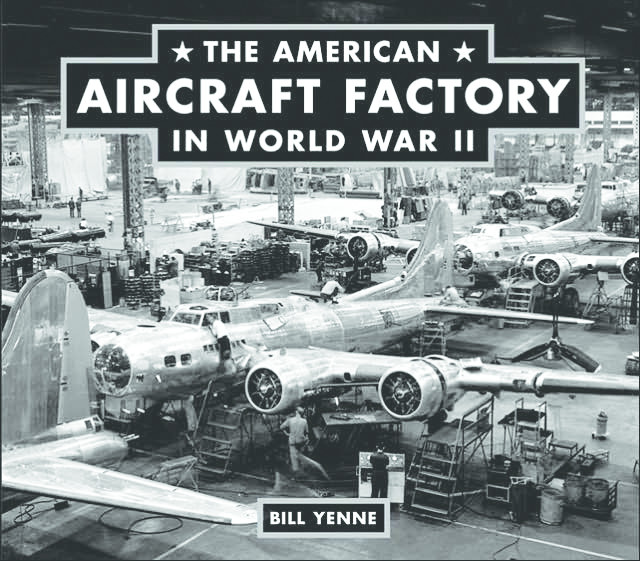 The American Aircraft Factory in World War II by Bill Yenne, New York, Zenith Press, 2006, 192 pp., photographs, index, bibliography, $40.00, hardcover.
The American Aircraft Factory in World War II by Bill Yenne, New York, Zenith Press, 2006, 192 pp., photographs, index, bibliography, $40.00, hardcover.
How the United States, in the grips of the Great Depression, managed to gear up for the super-human industrial effort that would be required to win the war is a tale mostly forgotten in this day and age. Yet, manufacturing on an unprecedented scale was precisely what was needed if America and her Allies were to have the guns, tanks, ships, planes, and all the other accoutrements of war.
No story is more emblematic of the all-out industrial effort than that of the American aircraft industry. And no book captures that effort better than this handsome, oversized work by Bill Yenne.
Using 125 exquisitely detailed black-and-white photos and 50 color shots, Yenne captures the hustle, bustle, and sheer muscle that was required to turn steel and aluminum into the legendary aircraft of the day––the fighters, transports, and bombers––that helped win the war.
The stunning collection of photographs takes the reader onto the famous assembly lines at Boeing, Consolidated, Curtiss, Douglas, GM, Vultee, Martin, Lockheed, and many others, and shows the tremendous amount of work and dedication that went into the manufacture of each aircraft.
This beautiful book is truly a magnificent tribute to the men and women who toiled round the clock in the war plants at home so that our boys overseas had the tools of war they needed. All aviation buffs will want to own this one.
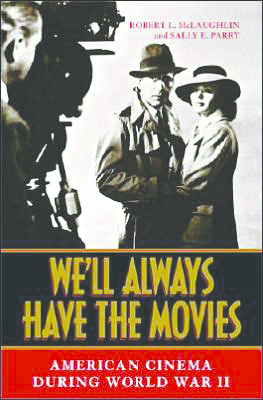 We’ll Always Have the Movies: American Cinema During World War II by Robert L. McLaughlin and Sally E. Parry, University Press of Kentucky, Lexington, 2006, 358 pp., photographs, index, bibliography, filmography, $40.00, hardcover.
We’ll Always Have the Movies: American Cinema During World War II by Robert L. McLaughlin and Sally E. Parry, University Press of Kentucky, Lexington, 2006, 358 pp., photographs, index, bibliography, filmography, $40.00, hardcover.
Motion pictures, to a great extent, have influenced how modern societies view the world. If it were not for Hollywood, we would not know what a chariot race or gladiatorial contest may have looked like, how dinosaurs might have moved, what future civilizations on other planets might be like, or how elephants could fly just by flapping their ears.
No truer illustration of that concept is how the films before, during, and immediately after World War II influenced Americans’ perceptions of who the enemy was, the values for which America and its allies were fighting, and the war’s impact on the returning veterans and their loved ones.
During the early 1940s, Hollywood produced 400 to 500 films per year and, in that era before television, some 90 million Americans went to the movies every week. Little wonder, then, that America’s attitudes about the war, our enemies, and ourselves were shaped to a large degree by what was presented upon the silver screen—images that changed as the fortunes of war changed, but never varied from implying that the United States and its allies were right, good, and would eventually be victorious.
McLaughlin and Parry, two college professors, have put together a terrific book that explores not only the themes of hundreds of films but also their impact on patriotism and national will in a time of war.
The authors go into detail about many of the classic films, especially Casablanca, Bataan, Thirty Seconds Over Tokyo, The Best Years of Our Lives, and Frank Capra’s Why We Fight series, and touch on scores of films that are all but forgotten today—films such as Dragon Seed, Keep ‘Em Flying, and San Diego, I Love You.
As the authors say in the Preface, “When we tell people about our fascination with these films, we frequently hear the deflating response, ‘Aren’t they just propaganda films?’ implying that they must be simple and straightforward and offer little to think about. This grates on us, because the best of these films are amazing artistic accomplishments, sophisticated and effective filmmaking, and even the worst offer an opportunity to peer into a complex sociohistorical moment and to better understand how the United States perceived itself as the world was undergoing the great transformative crisis of the twentieth century.”
Although the prose sometimes lapses into the arcane and academic (who but college professors could use the words “epistemological” and “homogeneity” in the same sentence and get away with it?), We’ll Always Have the Movies is a thoroughly researched and highly entertaining, informative book for movie buffs and anyone seeking to learn the inestimable value of propaganda in wartime. A definite “must-read.”
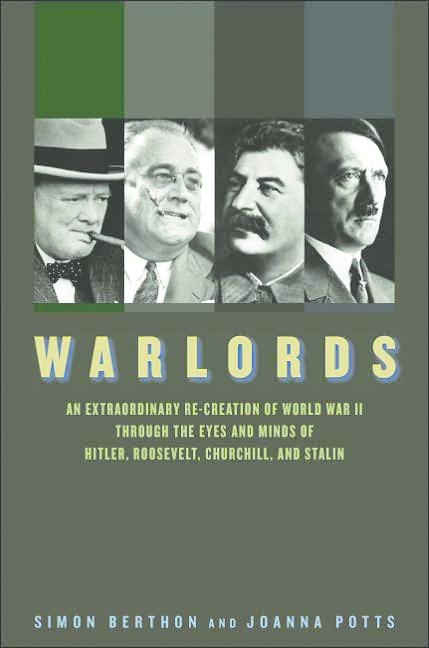 Warlords: An Extraordinary Re-Creation of World War II Through the Eyes and Minds of Hitler, Roosevelt, Churchill, and Stalin by Simon Berthon and Joanna Potts, Da Capo Press, Cambridge, Mass., 2006, 358 pp., photographs, index, bibliography, $24.95, hardcover.
Warlords: An Extraordinary Re-Creation of World War II Through the Eyes and Minds of Hitler, Roosevelt, Churchill, and Stalin by Simon Berthon and Joanna Potts, Da Capo Press, Cambridge, Mass., 2006, 358 pp., photographs, index, bibliography, $24.95, hardcover.
While their nations engaged in a titanic struggle for survival and supremacy, Hitler, Roosevelt, Churchill, and Stalin attempted to outwit and outmaneuver each other in a battle that would decide the fate of the world and the future of mankind.
In Warlords, authors Berthon and Potts have structured a unique approach along the lines of a cinematic thriller, telling the familiar story of World War II, but from the perspective of how the four leaders engaged in a private, psychological war in which they lied, schemed, charmed, and deceived allies and enemies to achieve their ends.
Both authors work in television, and it shows. The narrative is very visual, cutting back and forth between the four protagonists to explore their thinking as the tide of war shifted back and forth. At times the book chronicles world-shaking events as they unfold day by day, and even hour by hour, revealing unparalleled insights into parallel actions.
Curiously, however, the authors have underplayed the important roles of the other Axis leaders, primarily Benito Mussolini and Hideki Tojo. While the inclusion of these two would have lengthened the book, it would have also made the picture more complete.
Nonetheless, Berthon and Potts have crafted an interesting psychological study that, as of this writing, is in production to become a program for The Military Channel.
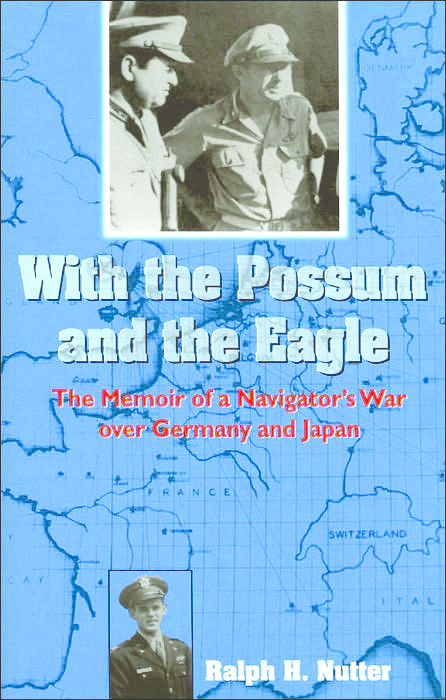 With the Possum and the Eagle: The Memoir of a Navigator’s War Over Germany and Japan by Ralph H. Nutter, University of North Texas Press, Denton, 2005 (reprint), 326 pp., photographs, maps, $29.95, softcover.
With the Possum and the Eagle: The Memoir of a Navigator’s War Over Germany and Japan by Ralph H. Nutter, University of North Texas Press, Denton, 2005 (reprint), 326 pp., photographs, maps, $29.95, softcover.
Ralph Nutter had the privilege of serving under two of America’s greatest aerial commanders—Maj. Gen. Curtis “The Eagle” LeMay and Brig. Gen. Haywood “Possum” Hansell. He also had the unique experience of taking part in the bombing of both Germany and Japan.
From 1942 to 1943, Nutter was the lead navigator of then-Colonel LeMay’s 305th Bomb Group (Eighth Air Force) and took part in bombing missions over Germany; Hansell was the wing commander.
In the fall of 1944, Hansell was transferred to the Twentieth Air Force in the Pacific and given command of Boeing B-29 Superfortress bombers based on Saipan in the Marianas; he took Nutter with him to become his XXI Bomber Command navigator. In the meantime, LeMay was transferred from England and made head of the 58th Bomb Wing operating out of western China. Chief of the Air Force General Henry “Hap” Arnold replaced the older Hansell with the younger LeMay in January 1945, a bitter and controversial move, and Nutter and LeMay were reunited.
Nutter, with his unique position and his personal relationship with two of the U.S. Air Force’s most intriguing personalities, has written a fascinating, behind-the-scenes account of his experiences in the headquarters of both major theaters of war.
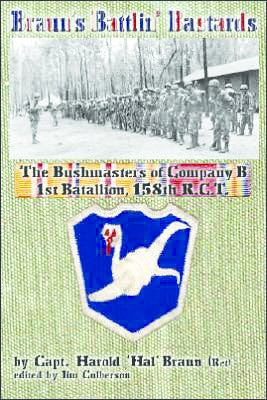 Braun’s Battlin’ Bastards: The Bushmasters of Company B, 1st Battalion, 158th R.C.T. by Harold Braun, Sea Bird Publishing, Melbourne, Fla., 2005, 290 pp., photographs, $23.00, softcover.
Braun’s Battlin’ Bastards: The Bushmasters of Company B, 1st Battalion, 158th R.C.T. by Harold Braun, Sea Bird Publishing, Melbourne, Fla., 2005, 290 pp., photographs, $23.00, softcover.
The day is not far off when all of the participants of World War II will be gone. Fortunately, while they are still with us, many of them are writing their memoirs and preserving for current and future generations what they experienced in the cauldron of combat.
One of the better memoirs has been penned by Captain Harold “Hal” Braun who, as commanding officer of Company B, 158th Regimental Combat Team, led his men from their baptism of fire in New Guinea until he was badly wounded in the Philippines and evacuated in January 1945.
After growing up in New Jersey, Braun left home to attend military school, join the Army, attend OCS, and be assigned to the 158th, then in Panama. The 158th—the New Mexico National Guard—had been part of the 45th Infantry Division before the Army “triangularized” the divisions and it was made a separate regiment. The 158th was one of the most ethnically diverse units, with 30 percent Hispanic members and representatives from 22 Indian tribes.
Deployed to Port Moresby, New Guinea, in February 1943, and then to Milne Bay, the regiment and Braun’s company would see some of the fiercest fighting of the war—fought not only against the tenacious enemy but also against heat, humidity, disease, insects, poisonous snakes, and poisonous plants.
While much of the book focuses on humorous, slack-time shenanigans, Braun also details his unit’s time under fire. During the 158th RCT’s six months of combat on Luzon in the Philippines, the unit was awarded the Presidential Unit Citation. Of the 158th, General Douglas MacArthur said, “No greater fighting combat team has ever deployed for battle.” After reading Braun’s entertaining and masterful account, the reader will undoubtedly feel the same.
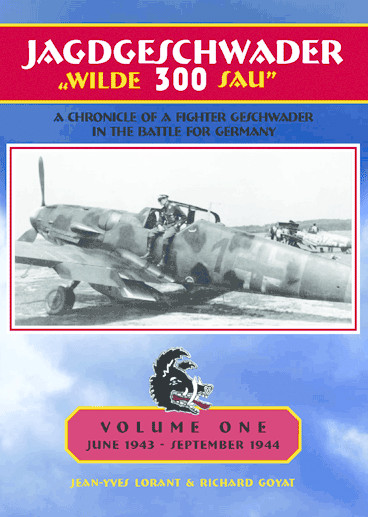 Jagdgeschwader 300: A Chronicle of a Fighter Geschwader in the Battle of Germany by Jean-Yves Lorant, illustrations by Richard Goyat, Eagle Editions, Hamilton, Mt., 2005, 400 pp., photographs, illustrations, index, bibliography, approx. $160.00, hardcover.
Jagdgeschwader 300: A Chronicle of a Fighter Geschwader in the Battle of Germany by Jean-Yves Lorant, illustrations by Richard Goyat, Eagle Editions, Hamilton, Mt., 2005, 400 pp., photographs, illustrations, index, bibliography, approx. $160.00, hardcover.
This is a hefty, handsome, and heavily illustrated book (over 400 photos) that minutely details the history of JG 300, a storied Luftwaffe fighter wing, during the period June 1943-September 1944. The French author spent two decades interviewing surviving pilots and ground crewmen and combing through archives, logbooks, and stacks of personal photographs. The result is a remarkable, unprecedented inside look at a German fighter unit attempting to defend the Fatherland during a time of increasingly heavy Allied bombing missions over Germany.
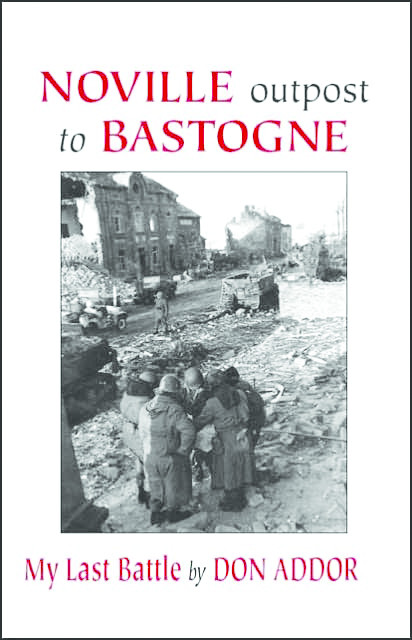 Noville Outpost to Bastogne by Don Addor, Trafford, Victoria, B.C., 2005, 191 pp., photographs, index, bibliography, $26.95, hardcover.
Noville Outpost to Bastogne by Don Addor, Trafford, Victoria, B.C., 2005, 191 pp., photographs, index, bibliography, $26.95, hardcover.
A well-written personal account by an infantryman fighting with Team Desobry, 10th Armored Division, during the defense of Bastogne in the winter of 1944-1945. Addor was among the first of Patton’s Third Army to reach Bastogne, then was sent to the small Belgian town of Noville with orders to hold at any cost. He was badly wounded and lost a leg in the ensuing fighting during the Battle of the Bulge. Besides recounting his combat experiences, Addor, a journalist after the war, goes into detail about his rehabilitation and learning to readjust to civilian life with an artificial leg.
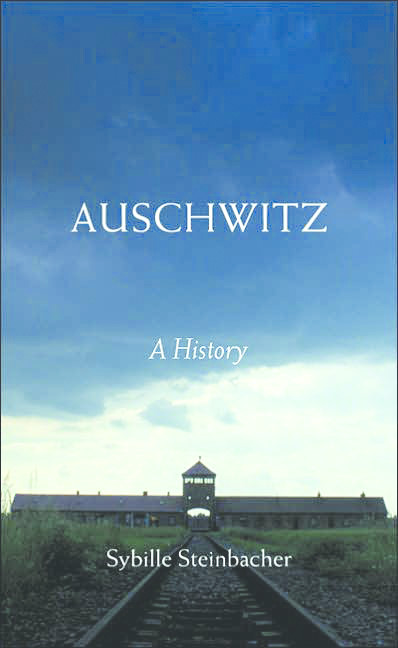 Auschwitz: A History by Sybille Steinbacher, Translated by Shaun Whiteside, Ecco/HarperCollins, New York, 2005, 166 pp., maps, photograph, index, bibliography, $23.95, hardcover.
Auschwitz: A History by Sybille Steinbacher, Translated by Shaun Whiteside, Ecco/HarperCollins, New York, 2005, 166 pp., maps, photograph, index, bibliography, $23.95, hardcover.
Although small in size, this powerfully understated book by a professor in Germany reminds the world of the enormity of the crimes against humanity committed by the Nazi regime.
Steinbacher gives a precise and chilling account of the history of Auschwitz—a sleepy, unimportant town in Poland transformed into the Third Reich’s largest concentration camp and extermination center, a slaughterhouse where over a million people died. Her final chapter examines the postwar punishment (or not) of the perpetrators and the Holocaust denial movement.
This is a disturbing yet essential book for everyone who wants to know more about one of the most tragic chapters in human history.

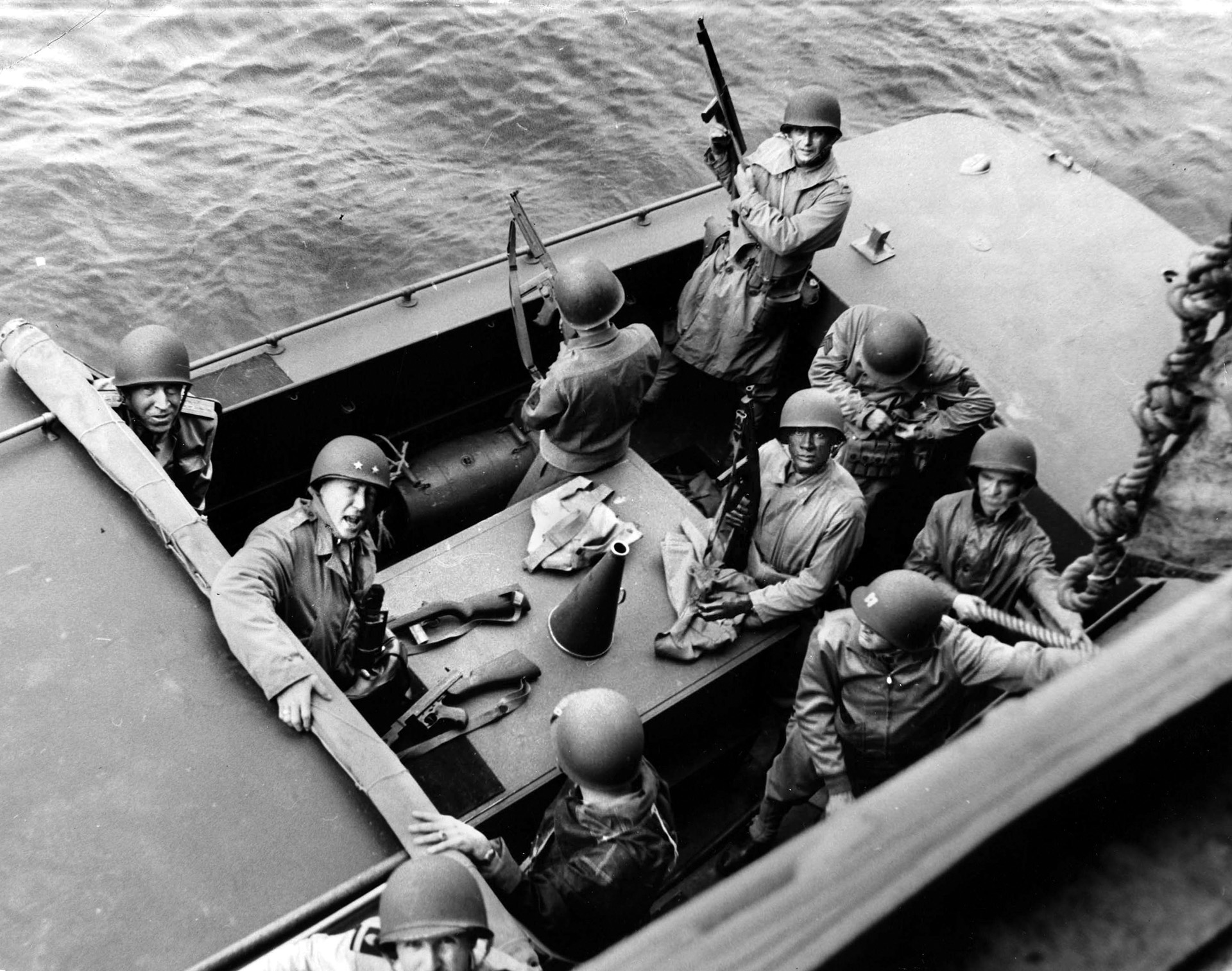
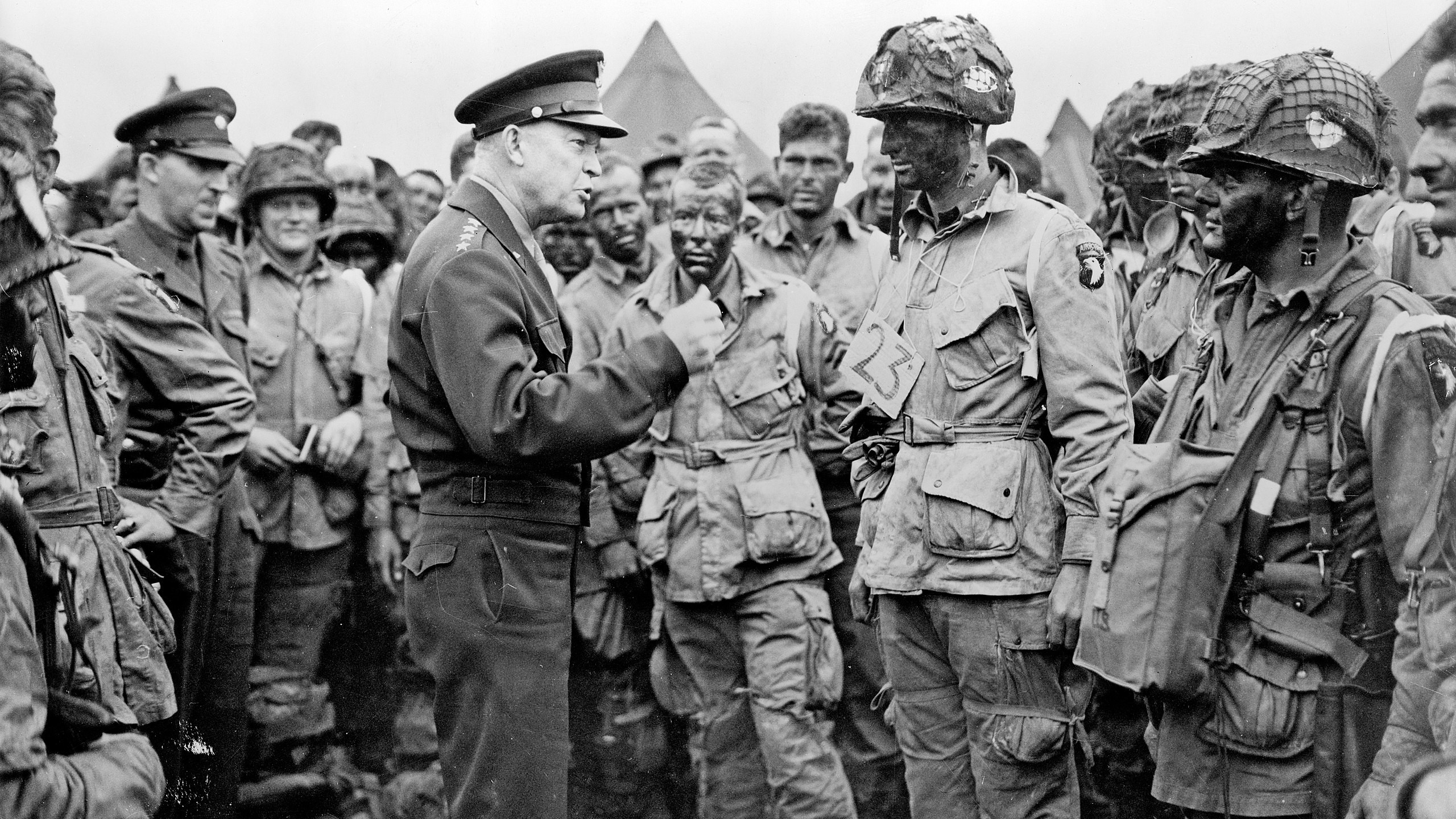
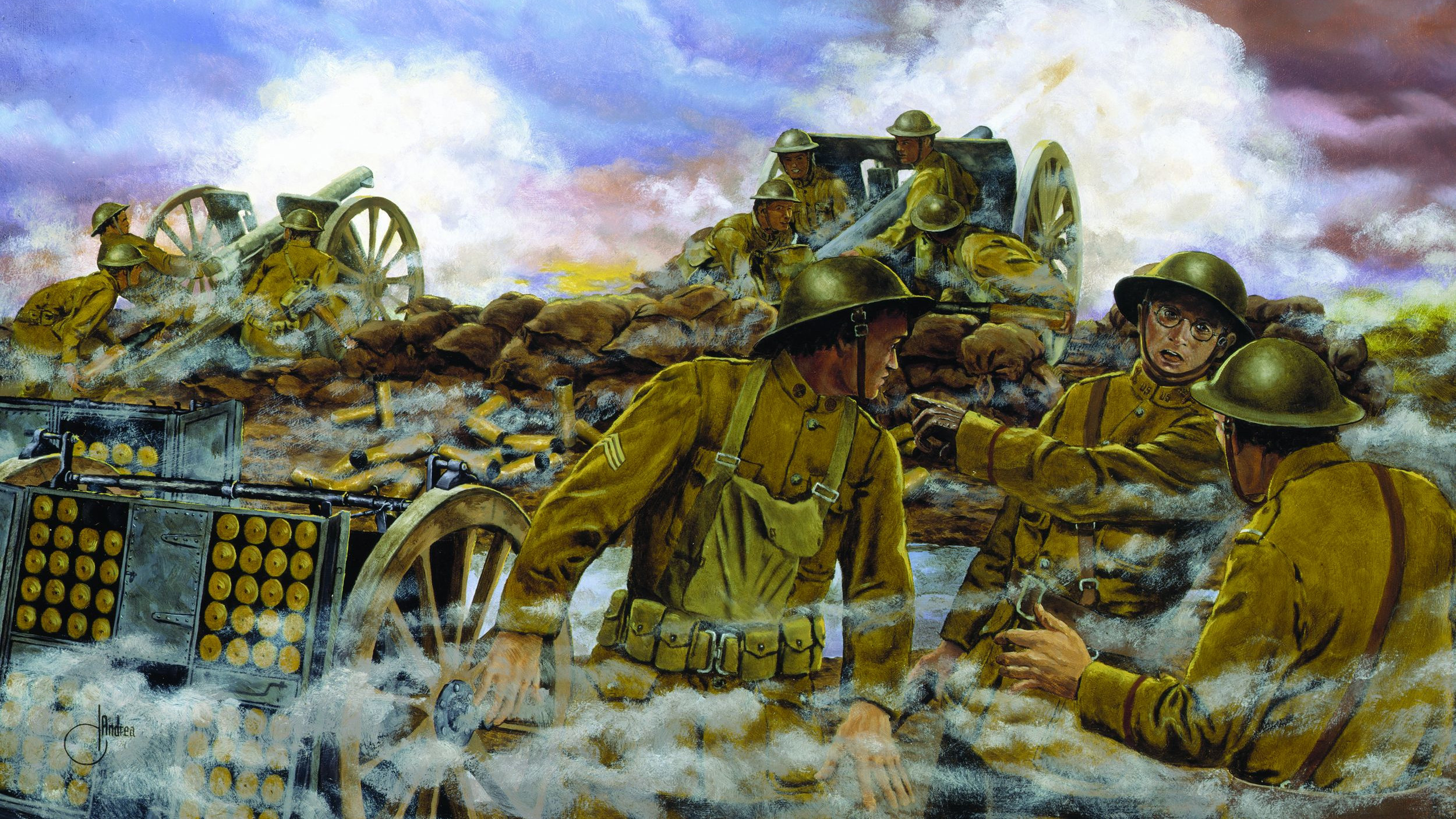
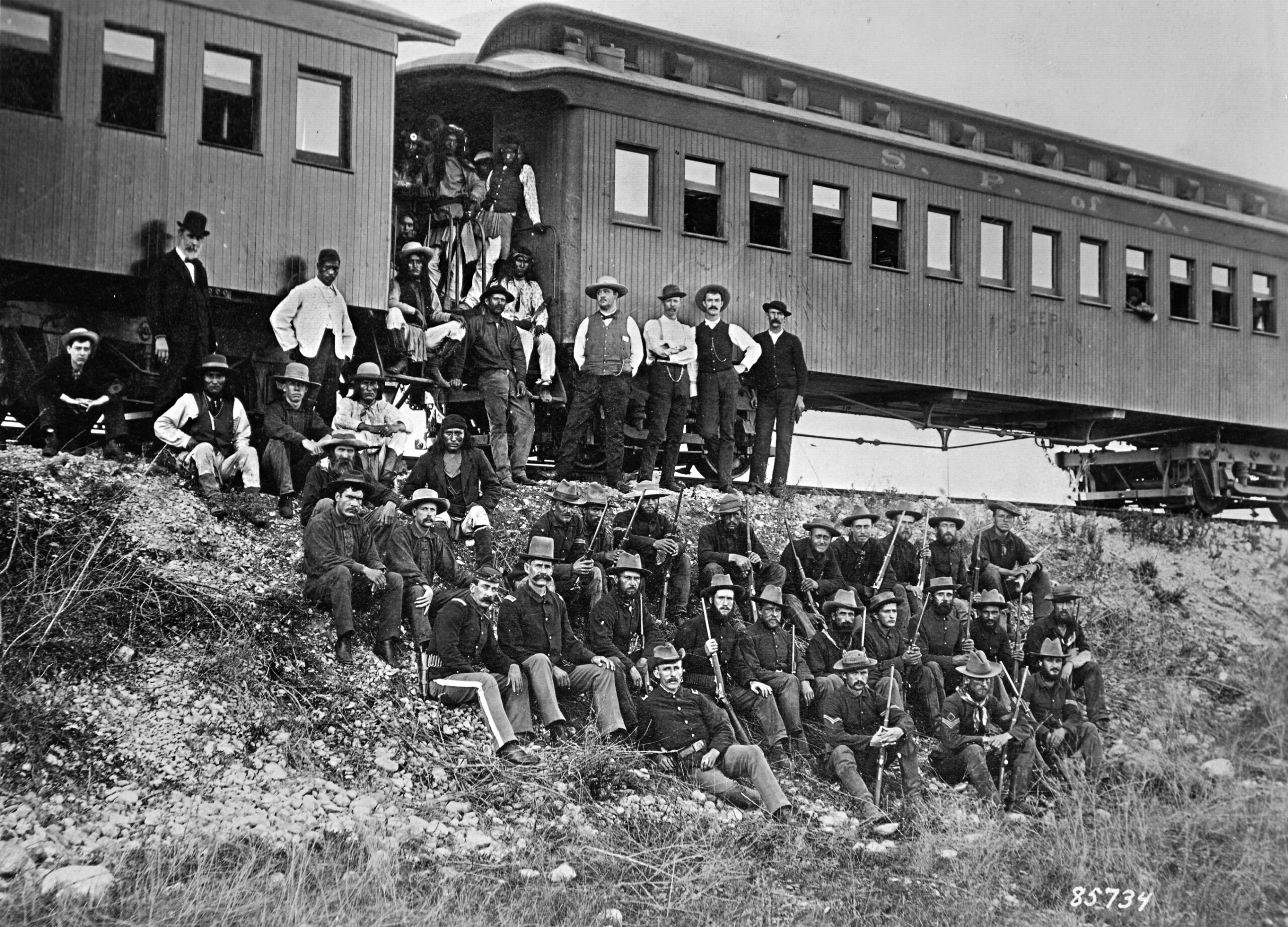
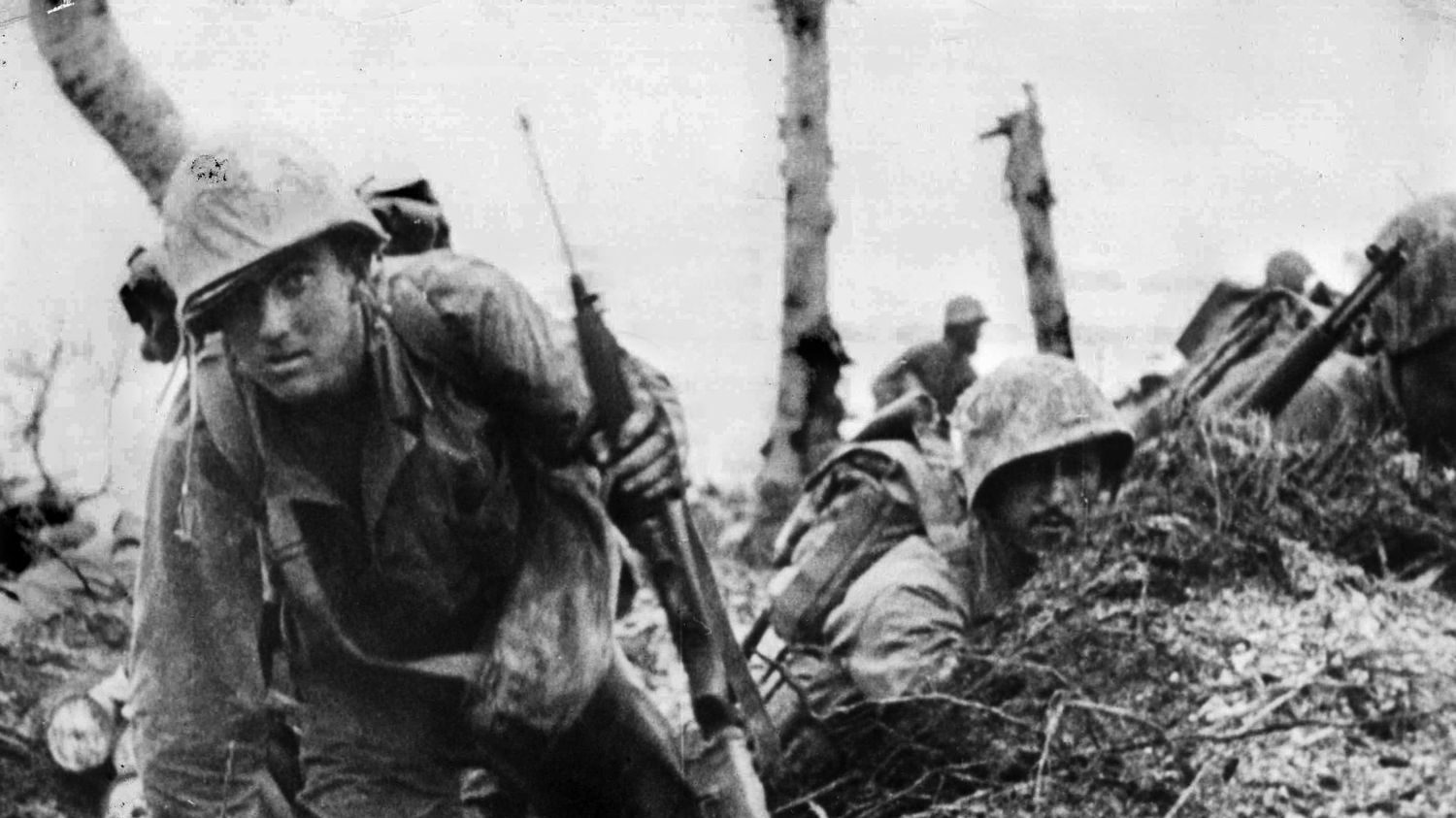
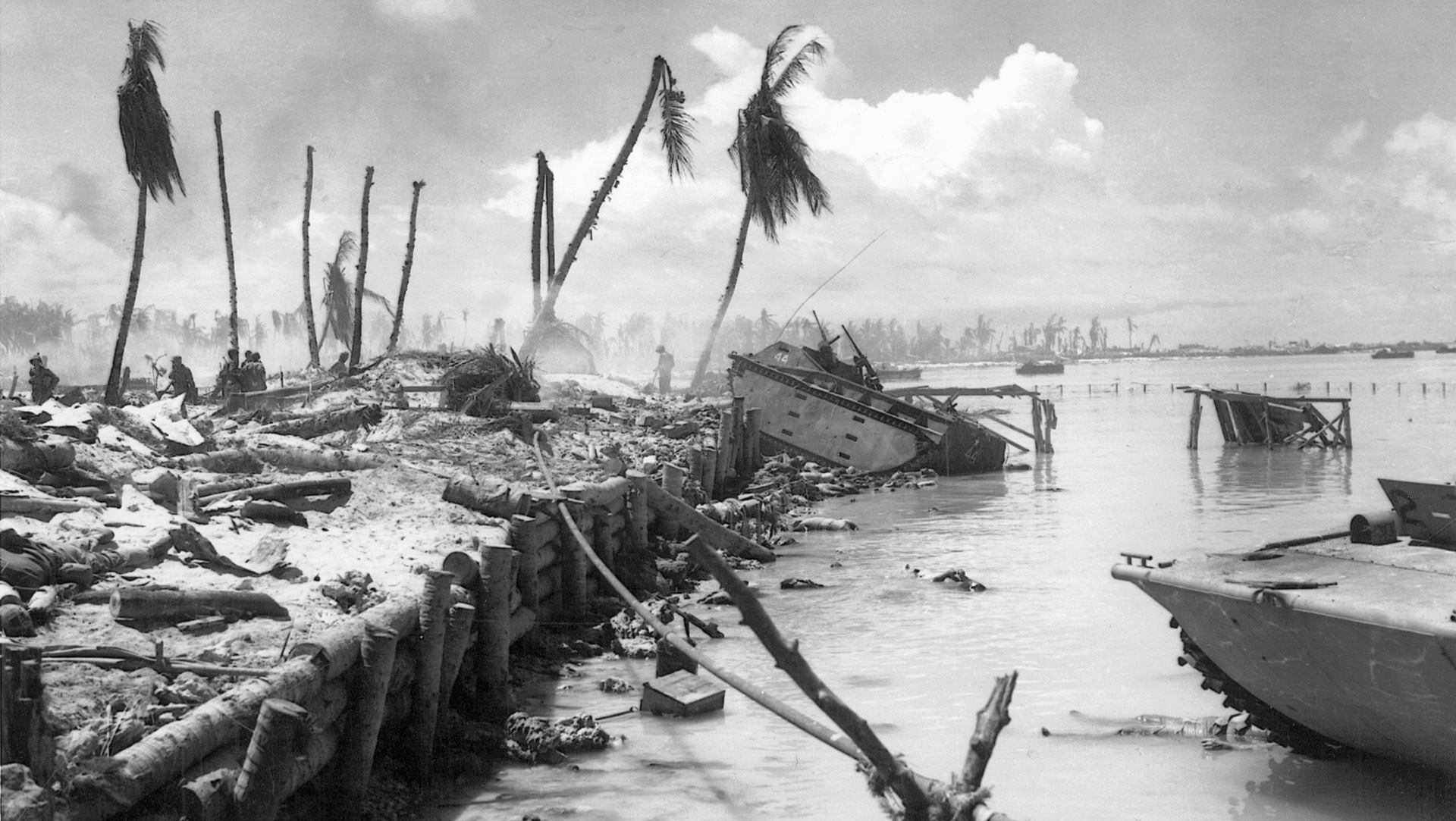

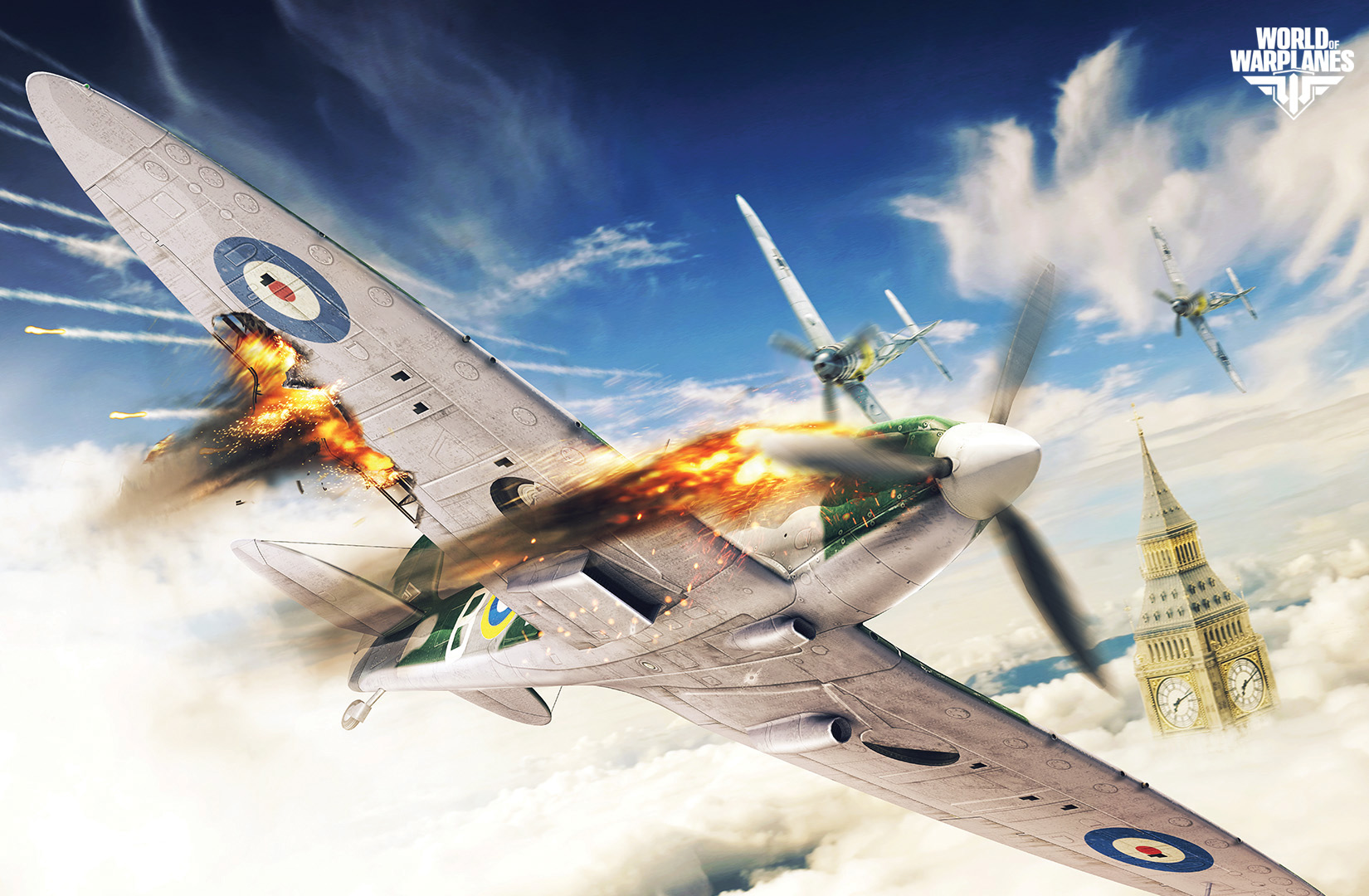
Join The Conversation
Comments
View All Comments